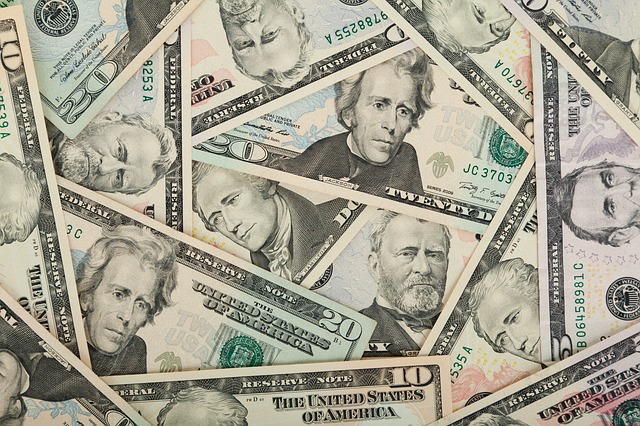The growth in overall spending on nursing homes in the United States slowed for the second consecutive year in 2017, according to the latest analysis from the Centers for Medicare & Medicaid Services (CMS) — while Medicare Advantage spending skyrocketed.
All payers spent $166.3 billion at nursing care facilities and continuing care retirement communities (CCRCs) last year, up from $163.0 billion in 2016. That works out to spending growth of 2.0%, down from last year’s gain of 3.1%.
Home health agencies, meanwhile, saw a 4.3% spending boost with $97 billion in total receipts, for the same increase as in 2016.
CMS published the results Thursday afternoon in conjunction with the journal Health Affairs, which releases an annual look at federal health spending. The overall figure clocked in at nearly $3.5 trillion in 2017, up from about $3.4 trillion in 2016.
“Slower growth in out-of-pocket spending was driven for the most part by slower growth in spending for nursing home and continuing care retirement communities, physician and clinical services, and dental services,” the study authors, led by CMS economist Anne B. Martin, wrote in their findings.
Medicare spending, meanwhile, saw relatively steady gains in both 2016 and 2017, totaling $705.9 billion last year — good enough for about 20% of all national health care spending. But the 4.2% and 4.3% gains in the last two years hide an important trend for skilled nursing operators: Traditional fee-for-service Medicare spending growth rose 1.4% in 2017, while Medicare Advantage and other managed plans saw gains of 10%. For comparison, managed Medicare spending increased 8.1% between 2015 and 2016.
“Almost every service category within Medicare private health plans experienced faster growth in 2017 — most notably hospital care and physician services, which together represented 57% of total Medicare private health plan spending,” the authors noted.
The rise of Medicare Advantage has taken a toll on skilled nursing facilities, which receive significantly lower reimbursements under the public-private plans than through traditional Medicare. In the second quarter of 2018, SNFs received an average fee-for-service Medicare reimbursement of $521 per day per patient, according to the most recent set of statistics compiled by the National Investment Center for Seniors Housing & Care (NIC), compared to $427 from Medicare Advantage.
Spending on Medicaid — which covers nearly two-thirds of all nursing home residents nationwide — also saw slower growth for the third consecutive year, climbing 2.9% in 2017 as compared to 4.2% in 2016. CMS blamed the trend on lower enrollment growth, as well as lowered costs achieved through managed care organizations.
“For a health sector that now accounts for nearly one-fifth of the U.S. economy, future increases in health care expenditures will likely lead to policy decisions focused on affordability and sustainability,” the researchers concluded.
Written by Alex Spanko



